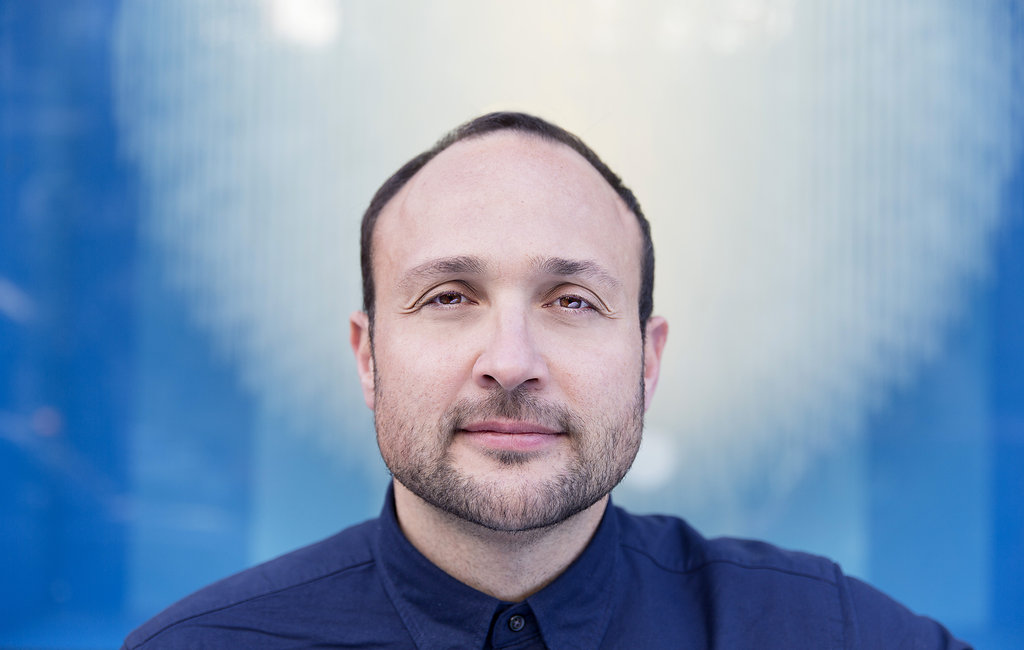What is the right mindset to cope with a crisis? Explore the life-changing distinction between wilful ‘positive thinking’ and wise ‘optimistic equanimity’.
In the last few weeks, many people have stated to me, quite forcefully, that we have to “stay positive” in the pandemic. It sounds sensible; uplifting; even spiritual. But I do believe it is massively mistaken; inappropriate; even foolish.
Our biologies did not evolve to become happy and carefree when faced with real danger(s). What we call ‘negative emotions’ are an absolutely perfect and useful match to moments of threat. They stimulate the fight, flight, freeze, and fawn reaction in 0.5 seconds — less time than it takes to be consciously aware of a threat. There is nothing negative about that. Negative emotions have saved your life countless times; and will continue to.
With friends and family sick and some dying — and projects and businesses at risk that have had our lifeblood invested in them for many decades — being ‘positive’ is both deluded and dangerous. It risks distorting signals of the future in the present that we need to pay attention to in order to adapt our lives, families, and organizations when they are in danger. And they are in danger. Not just from Covid-19 but from economic collapse and the climate crisis too. Many lives are at risk and will continue to be if we all don’t all act responsibly. Even more livelihoods are at risk. This matters and will continue to matter to all but the 1%.
Every emotion is biology-to-psychology guidance for how to adapt and act in the moment. Nature does not waste time evolving systems that aren’t crucial. If we smother these emotions, of any type, in enforced positivity we lose the vital instinct and intuition we need to both survive, and thrive in, challenging times.
It is entirely appropriate to feel threatened and shocked right now; and to grieve a collective reality that will never come back again. These emotional and interoceptive responses will give you the power to make hard changes easier: to self-isolate properly to save your life and the lives of others; to wash your hands 10x what you are used to and to stop touching your face four times a minute; to make major decisions in your family and business to ensure we adapt; and to find ways to harness this crisis into a long-term recalibration of advanced capitalism.
Artificial, saccharine-sweet (American-Beauty-style) ‘positive thinking’ is a mismatch for the moment. It tries to override our body-mind’s innate and valuable emotional responses to shock and grief (which is what we are all dealing with, individual and collective). This is a distorted frame and lessens our adaptive edge to the crisis. It is a cognitive bias, presumably locked in by personal trauma, that refuses to see how concretely challenging things really are. It tries to bypass the inner work we must do as we engage with grief, trauma and loss with happy-clappy, quasi-spiritual (but not really spiritual) platitudes. It even gets into an egoic arms race to be the most positive: the one with the ‘highest vibrations’.
In fact — as my friend and colleague Paul Zelizer of the Awarepreneurs podcast reminded me when I first posted this — in Viktor Frankl’s masterpiece Man’s Search for Meaning, positive thinkers were both massively irritating and often the first to break in the Death Camps of Nazi Germany. Likewise, in the Vietnamese prison camps during the war with the US, the optimists were the ones who didn’t make it. Wilful wishful thinking cannot sustain itself in the face of real challenge.
However, whilst we want to feel the rich tapestry of our emotions and interoceptive sensations — and so by definition we cannot ‘stay’ positive when grieving or in shock — we also do not want to remain in a place of fear, anxiety, or danger once we have properly, and fully processed, the shock, grief, and pain. We cannot pivot in a panic. We cannot adapt in anxiety. Biologically, we cannot get into a creative and collaborative brain network when we are in an extreme stress/fear response.
We need to find our way to a ‘liquid’ mindset that allows us to biologically enter what I call Create & Connect Mode: here we can realistically but hopefully co-create with whatever life is offering to us. We can find our way to fitting response that reduces the suffering of others. We can apply our purpose in any situation and so metabolize challenges into value. But we can only do this once we have processed our own grief and fear fully.
In my new book, Now Lead The Change, I describe this mindset — the most useful to have and cultivate in danger and crisis — by building upon a Buddhist idea of equanimity. Bur rather than staying in an emotionless, neutral equanimity, I feel the best mindset for times of great challenge, such as the coronavirus pandemic is “optimistic equanimity”. It will be a mindset critical to nurture to cope with the impending four crises of our era: climate change, inequality, ill-health, and identity.
Optimistic Equanimity is knowing that every situation, no matter how dire, is workable. It doesn’t mean things are going to be ‘better’ than in the past (or ‘worse’). It does not state that ‘everything will be okay’ — as they won’t be when loved ones are sick or die. These lazy adjectives are beside the point. It will be different: there will be losses and gains in terms of adaptive fit to the external world.
Optimistic Equanimity distinguishes ‘positive thinking’ from genuine co-creative wisdom in a concrete crisis. It knows that we must never tell ourselves or our kids that ‘it’s all going to be okay’ as this denies justifiable fears; and risks people never trusting us again if things are really hard: like we lose our business or one of us dies from the virus. Both are very real possibilities and are happening everywhere we turn.
Optimistic Equanimity means every situation, however gnarly, can be worked with to co-create (with life itself) something of value in terms of bringing more purpose, love, and connection into the moment. If we work with what is — and accept it fully — we can then metabolize all external pressures and stressors, no matter how they present (as ‘good’ or ‘bad’), into purposeful actions. Through this inner and outer work, we become more whole (healed); and more transformational as leaders. Hence the hue of optimism that runs through our pellucid neutrality.
Optimistic Equanimity seeks to experience fully all of our rich emotions as biologically true and essential. We get to experience, without trying to artificially alter them, the pain from loss: the loss of our livelihood. The loss of projects. The loss of our way of life. The loss of loved ones. This then allows us to process threat, pain, shock, and grief rapidly so we can return to a creative and flexible place of value to others.
Optimistic Equanimity allows us to authentically console those in pain and danger (without colluding with them on disempowering narratives); and inspire those who feel possibility (without colluding with them in denying the danger and pain). The glass is both half full and half empty and we honor both fully.
Optimistic Equanimity allows us to see problems through multiple frames before we decide how to respond. We can dance around an issue, seeing it from all sides. We never lock onto one frame or ‘noble lie’, whether ‘positive’ or ‘negative’, which keeps us always open to allow transformation to emerge.
Optimistic Equanimity allows us to return rapidly when shocked or stressed to a sense of interoceptive, emotional, and cognitive openness and curiosity: here we say “YES” to all that is happening and experience the full emotion and somatic reality of that which we evolved to feel… before saying “AND…” to work with what is to reduce the suffering of people and increase their thriving.
Optimistic Equanimity demands that we fully live the questions now that we are being invited to ask and answer with this crisis (and any crisis) — in every sinew and neuron; and birth from any situation life-generating and life-affirming adaptive responses that fit the world that is rushing towards us.
I write and work at Switch On. All my articles are rigorously researched and easy to read. We publish a free high-quality newsletter with unique insights to help you transform yourself and transform our world that you can sign up to in the footer here. There are also free ebooks, leadership courses, meditations and tools to thrive in life, love, and leadership. My latest book on this theme is:
“An outstanding framework and powerful tools. A huge impact!” President, Kellogg’s
Forge the future. Don’t fail it. Future-proof your career, organization, and our world by mastering the surprising science and deep wisdom of transformational leadership: so you can adapt yourself and your enterprise fast-enough to survive, and thrive in, the dramatically-changing world.



